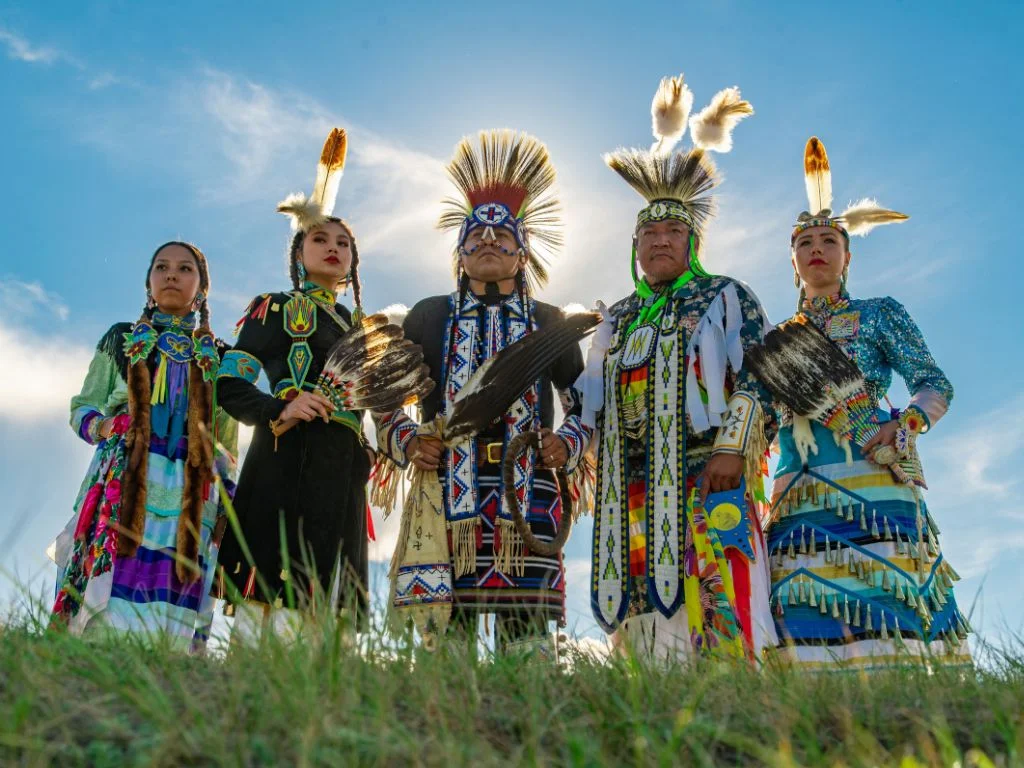Traveling is no longer just about sightseeing—today’s travelers seek meaningful experiences that connect them with the people, traditions, and values of the places they visit. One of the most enriching ways to do this is by immersing oneself in indigenous communities. These cultures hold deep-rooted traditions, languages, spiritual beliefs, and lifestyles that offer insight into a different way of life. Indigenous tourism offers not only personal enrichment but also supports the sustainability of these cultures.
In this article, we explore some of the most unique cultural experiences in indigenous communities around the world, highlighting how these encounters can transform the way you travel.
Why Indigenous Cultural Experiences Matter
Indigenous communities are the original stewards of the land, preserving centuries-old knowledge systems, crafts, rituals, and ecological practices. Engaging with these cultures respectfully can:
- Support community-based tourism
- Preserve languages and traditions
- Provide an alternative narrative to mainstream tourism
- Promote cultural exchange and understanding
Whether you’re attending a traditional ceremony or learning a native craft, these moments create lasting impressions while empowering local communities.
Top Unique Cultural Experiences in Indigenous Communities
Here are some authentic experiences that travelers can engage in across various continents:
| Region | Community | Experience | Description |
|---|---|---|---|
| North America | Navajo (USA) | Hogan stays and storytelling | Spend the night in a traditional Hogan and learn Navajo myths and cosmology. |
| South America | Quechua (Peru) | Weaving workshops and mountain treks | Participate in textile weaving and explore the Andes guided by locals. |
| Oceania | Māori (New Zealand) | Haka performances and marae visits | Witness ceremonial dances and stay in communal sacred spaces. |
| Africa | Maasai (Kenya/Tanzania) | Village homestays and warrior training | Learn about livestock herding, beading, and traditional survival skills. |
| Asia | Ifugao (Philippines) | Rice terrace farming and woodcarving lessons | Experience ancestral farming methods in UNESCO-listed rice terraces. |
| Arctic | Sámi (Norway/Sweden/Finland) | Reindeer sledding and joik singing | Explore the Arctic while learning the Sámi’s spiritual songs and traditions. |
These immersive experiences go beyond tourism—they become moments of connection, understanding, and mutual respect.
Responsible Travel Tips for Visiting Indigenous Communities
When visiting indigenous communities, cultural sensitivity and respect are crucial. Here are some key guidelines to follow:
- Do Your Research: Learn about the community, its customs, and its history beforehand.
- Support Locally Owned Initiatives: Book tours or stays directly through community-run operations.
- Ask Permission: Before taking photos or participating in rituals, always ask.
- Buy Authentic Products: Support artisans by purchasing locally made crafts and goods.
- Be Present and Listen: Let community members share their stories on their own terms.
Planning Your Multi-Destination Cultural Trip
Traveling to multiple indigenous communities across different countries or regions requires careful planning. Whether you’re heading to the Amazon, the Arctic, or the Australian outback, logistical challenges like language, transportation, and timing can arise.
This is where digital tools come in handy. The Best Travel Apps for Planning Multi-Destination Trips can simplify route planning, translation, accommodation booking, and even connect you with community-run tourism programs. Make sure to choose apps that prioritize sustainable and ethical travel practices.
Deep-Dive: Indigenous Experience Highlights
Let’s explore some experiences in more detail:
1. Navajo Storytelling in Monument Valley, USA
The Navajo Nation offers guided tours through Monument Valley, led by tribal members who share ancient oral traditions and explain the spiritual significance of the land formations. Staying in a traditional Hogan provides insight into the tribe’s architecture and worldview.
2. Quechua Weaving in Chinchero, Peru
In the Sacred Valley, you can join weaving cooperatives run by Quechua women who use ancestral techniques to dye and weave textiles from alpaca wool. This hands-on experience includes storytelling, music, and community meals.
3. Sámi Winter Adventures in Lapland
Visit the Sámi people of northern Scandinavia for reindeer herding, snowshoeing, and learning the art of joik singing. Cultural immersion programs include language lessons and insights into Sámi spirituality and cosmology.
Benefits of Indigenous Cultural Tourism
Engaging in indigenous cultural tourism isn’t just educational—it’s transformative for both visitor and host. Here’s how:
- Economic Empowerment: Tourism revenue helps fund education, healthcare, and preservation of heritage.
- Cultural Preservation: Hosting travelers encourages communities to maintain and revitalize traditions.
- Environmental Stewardship: Indigenous communities often teach sustainable land-use practices.
- Cross-Cultural Dialogue: Visitors gain a nuanced understanding of history and current social issues.
FAQs About Indigenous Cultural Experiences
Q1: Is it respectful to visit indigenous communities as a tourist?
Yes, if done ethically. Choose community-led tours, follow local customs, and prioritize listening and learning.
Q2: How can I find authentic indigenous travel experiences?
Look for non-profit organizations or community-owned travel operators. Avoid commercialized “cultural shows” that exploit traditions.
Q3: Do I need to speak the local language?
Not necessarily. Many communities have guides who speak English or offer translation services. Still, learning a few basic phrases is appreciated.
Q4: What should I bring or wear during a visit?
Dress modestly and practically. Always ask your hosts if there are clothing expectations for ceremonies or daily life.
Q5: Are these experiences suitable for families or solo travelers?
Yes, many indigenous tourism experiences are family-friendly and safe for solo travelers, especially when arranged through reliable local partners.
Final Thoughts
Indigenous communities offer some of the world’s most powerful and profound cultural experiences. Whether it’s learning ancient crafts, listening to traditional songs, or simply sharing a meal, these interactions can reshape how we view the world and our place in it. When approached with respect, curiosity, and humility, cultural travel becomes not just a journey through space, but a journey into the human spirit.
As you plan your next adventure, consider stepping off the beaten path to connect with the planet’s oldest cultures. Use the Best Travel Apps for Planning Multi-Destination Trips to make your travel smoother, but let the heart of your journey be guided by the people and stories you encounter along the way.







